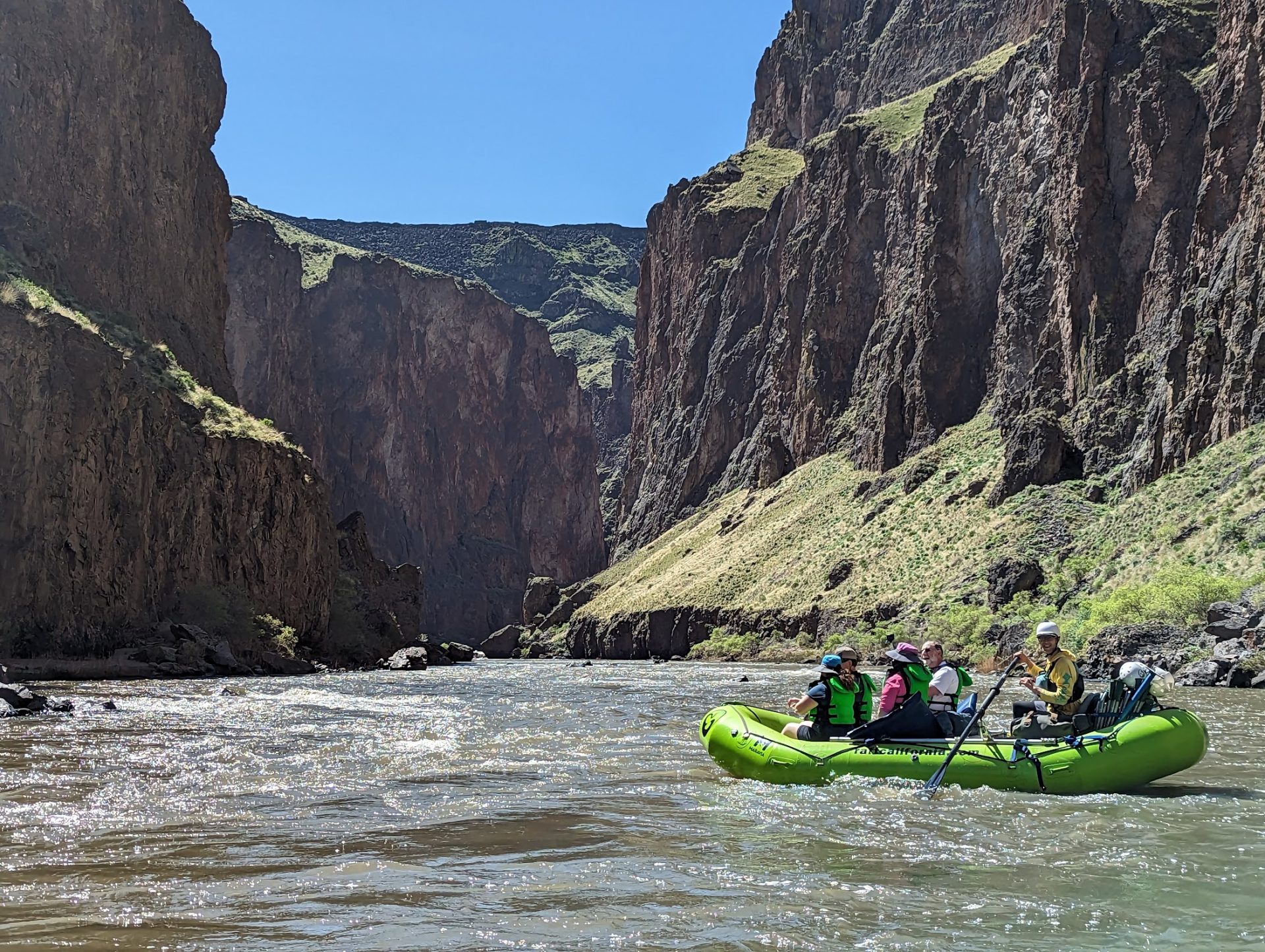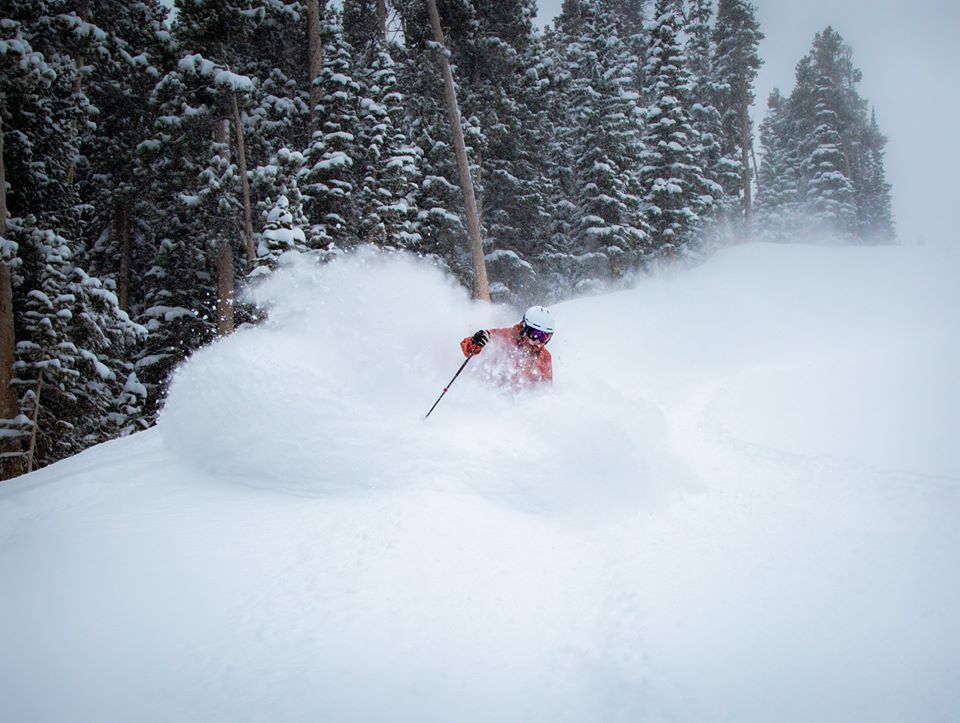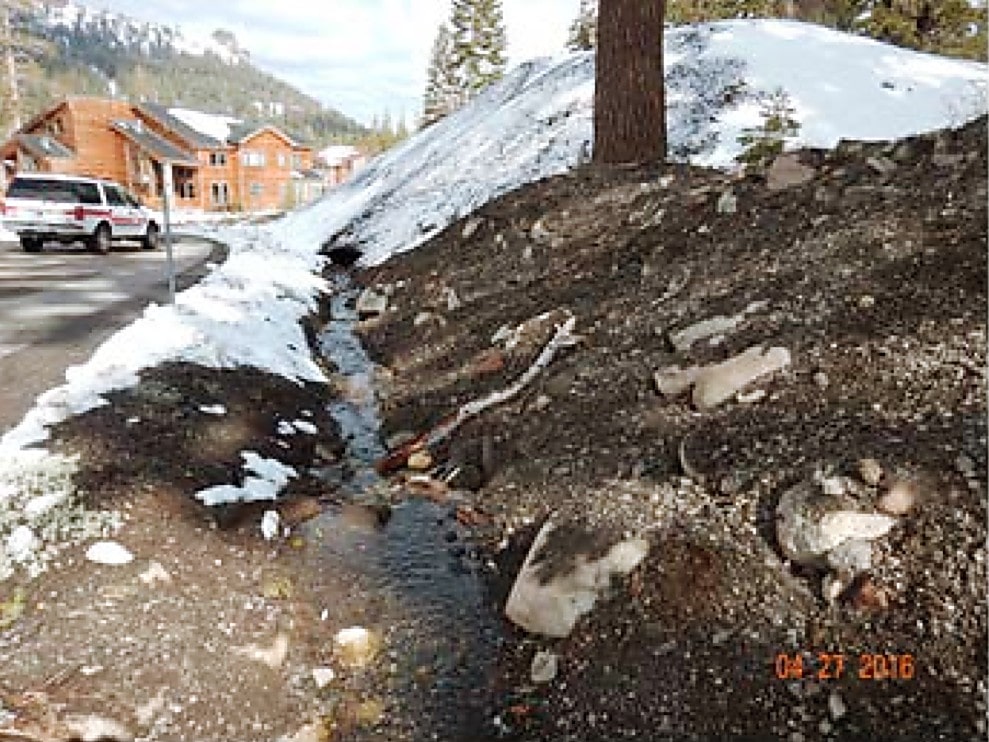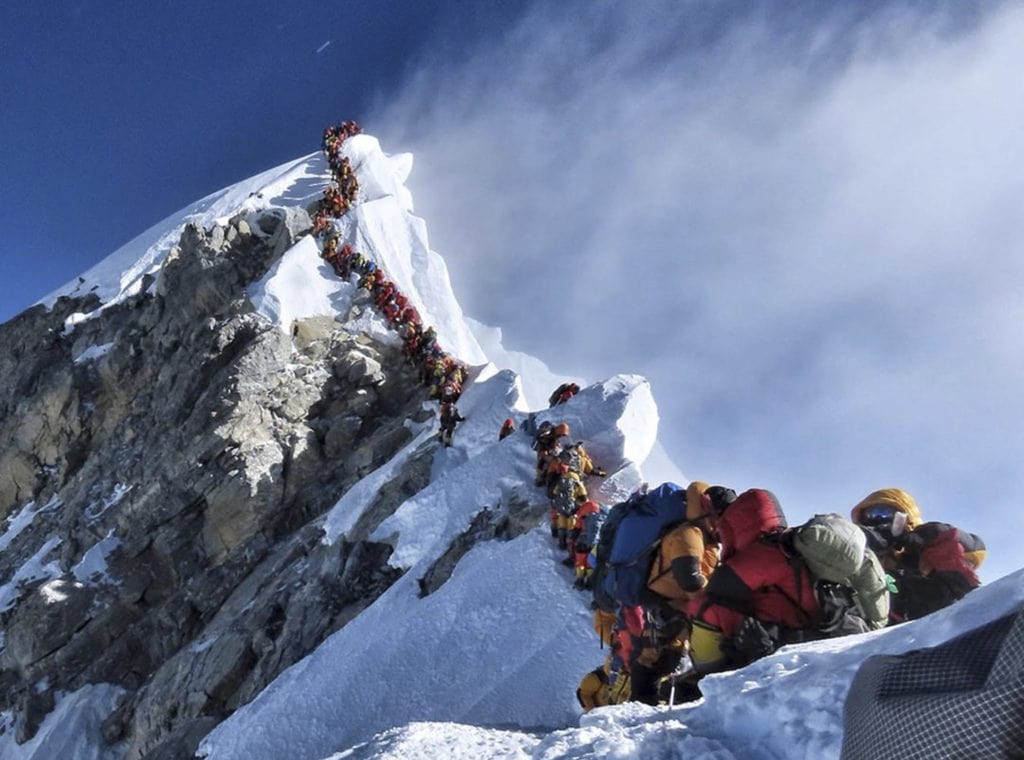
With the rise in popularity of high alpine sports, there is a trend across the globe of overcrowding in the mountains. Improvements in equipment, professional training, guide services, financial resources, and an overall increased global interest, it’s no surprise that some of the major headlines this season in the Northern Hemisphere and sure to be this season in the Southern Hemisphere have focused on overcrowding at high altitude. We all remember the crowded images of gridlock we saw on Everest during this year’s summit season.
The reality is overcrowding is a global high altitude problem and although getting out and exploring is good for both the body and soul there are many negative consequences. More people traveling in the mountains means:
- More trash and human waste left behind. Just this year, a 14-person team removed over 3 metric tons from Everest in the first 2 weeks of a major cleanup effort
- An increase in the potential for dangerous rescues and recoveries. The need and skill required for them has created specialized high altitude rescue teams and have even spawned documentaries like Netflix’s, “The Horn.”
- An increase in available resources for climbers, skiers, and hikers. Both the natural trail environments and the structures erected to support the thrillseekers and adrenaline junkies have become more taxed with the increased traffic. Mont Blanc in particular and the Gouter Refuge at 12,582 feet is facing a crisis of overuse and poor etiquette.
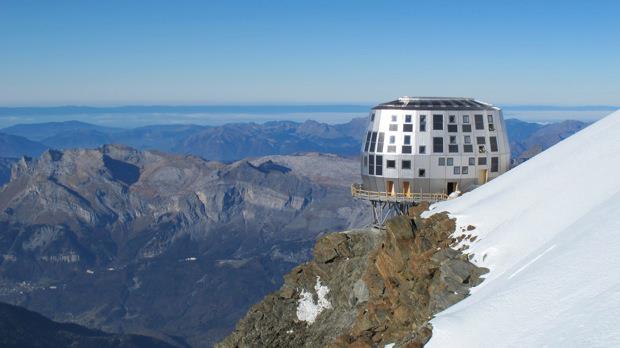
According to the markets, It seems the interest in exploring high alpine environments, whether in climbing shoes, boots and crampons or on skis shows no signs of slowing down. The climbing gear segment alone is expected to experience a compound annual growth rate (CARG) of 9.1% to become a worldwide $1.62 billion dollar market. The demand is there and growing but there are only so many summits, couloirs, glaciers, and peaks to be explored.
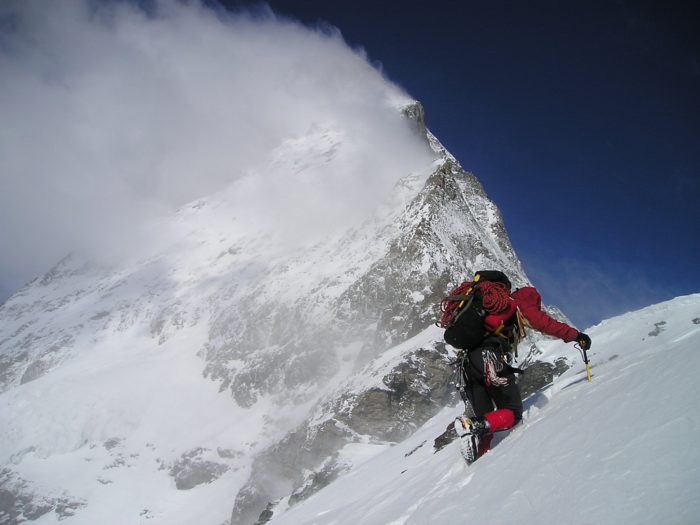
So what should be done? Should the mountains be open and free or should governments step in to ensure natural and man-made resources are respected and shared fairly? After this year’s crowded season on Everest, the Nepalese government has hinted and both applying more control or staying with the status quo. Here in the states we already have a permit process that hopes to control the crowds and generate a revenue stream to sustain the environments where we play. Europe, South America, and Africa are not immune to the challenges as well.
Whatever the decisions for the areas affected by the surge in mountain traffic, it will need to be something that is evolving as the challenge will only get greater and more complex as more people venture out and up.

